Head Training (Gobelet)
Head training, also known as bush vine, and gobelet in French, is the most traditional and ancient way to train vines. In this system, the vine is not trellised but grows as a free-standing bush, and are head-pruned to form a kind of goblet (drinking glass) shape.
The shoots grow in all directions from a central trunk with no wire support. Vine density is lowe, allowing each vine more room to grow. Head trained vines are better adapted to water stress and most suitable for low-vigor vines.
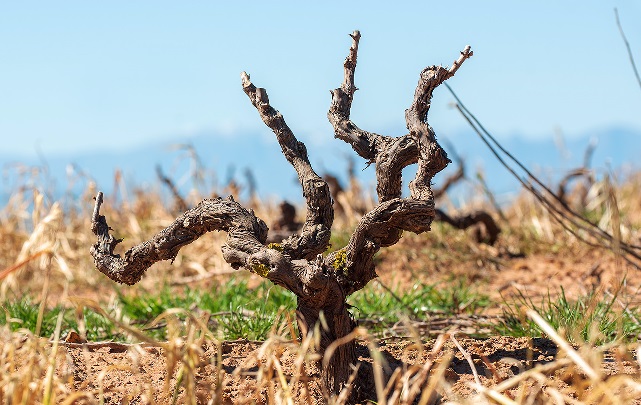
Head Training Advantages
- Low-cost system
- Minimal infrastructure
- Allows the vine to develop a natural growth pattern
- Ideal for regions where trellising is not practical.
- The compact form helps retain moisture
- Good for dry, windy, or hot climates where water stress is a concern
Head training is common in hot, dry, and windy old-world regions such as the Mediterranean, Spain, Greece and southern France.
Varieties like Grenache and Zinfandel often benefit from head training, especially in low-vigor or drought-prone conditions, where conditions are arid and trellising isn’t feasible.
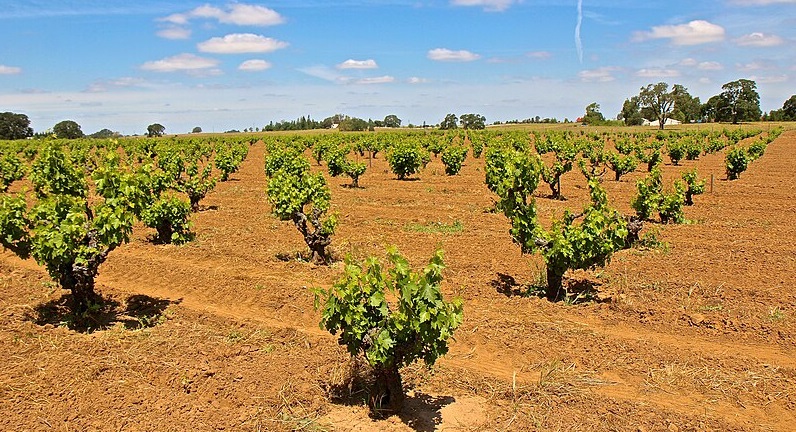
Short, stubby, old and delicious. The old Zinfandel vines of Dogtown Vineyard sit close to the dusty red earth in Lodi, California. The vineyard was planted in 1944.
Unesco World Heritage: The Alberello Method
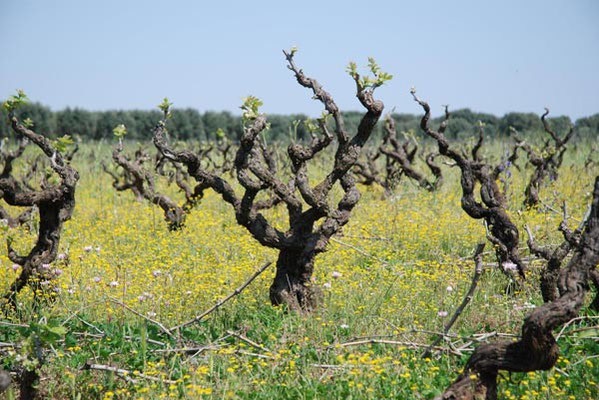
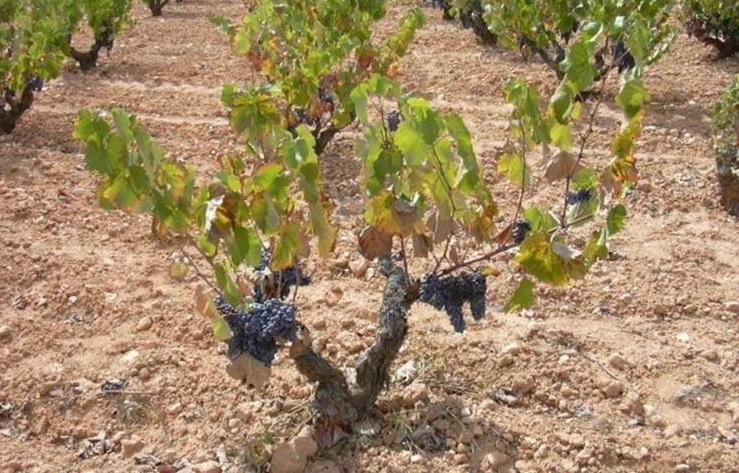

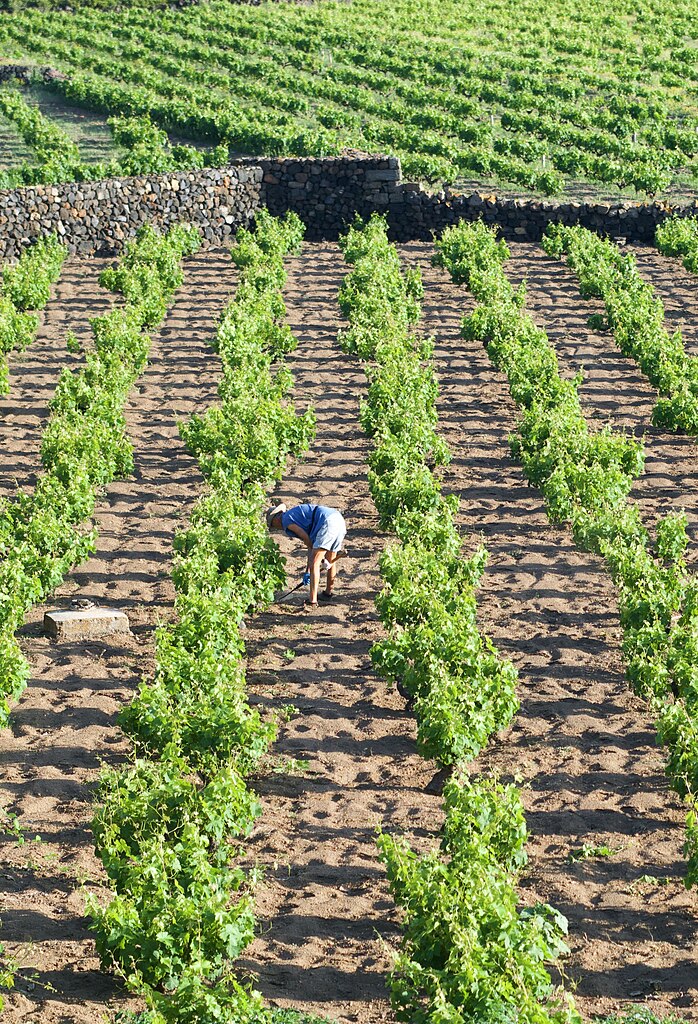
The practice of cultivating the Pantelleria sapling vine, due to its unique characteristics and representativeness of the local community, was declared a World Heritage Site by UNESCO in November 2014. The recognition places the values and knowledge of agricultural practices and rural heritage within the broader cultural heritage of peoples. The cultivation technique is unique: on terraces characterized by the presence of dry stone walls, the Pantelleria sapling is placed inside a hollow made in the ground, useful for protecting the plant and the grapes from adverse weather conditions, from the sirocco from the south and the Levante from the east. The practice of so-called "pinching" allows for expert pruning of the main trunk, which is carefully removed to produce six branches and form a bush with a radial arrangement. The cavity is constantly remodeled by the expert hands of local farmers, in order to guarantee the correct microclimate for the plant during growth. Furthermore, the volcanic characteristics of the soil and the poor irrigation, due to the lack of water on the island, contribute to determining the particular flavor of the grapes. When the grapes are ripe, they are harvested by hand, giving rise to a ritual practice that begins at the end of July and that has long become an opportunity for the local community to share socially.